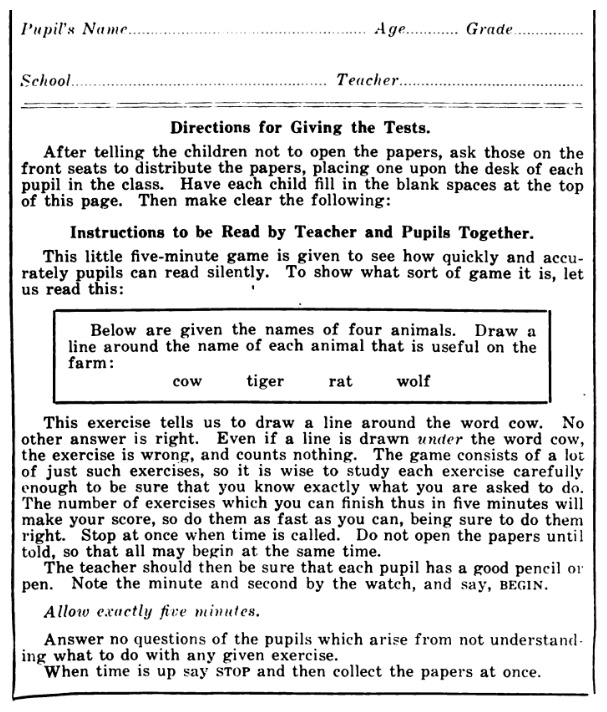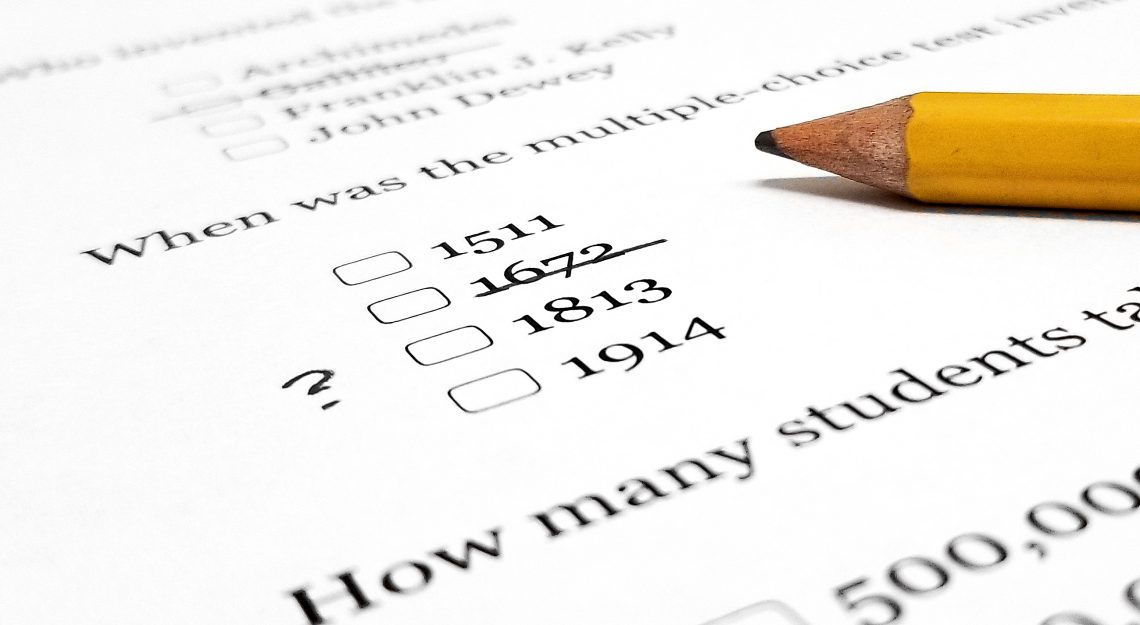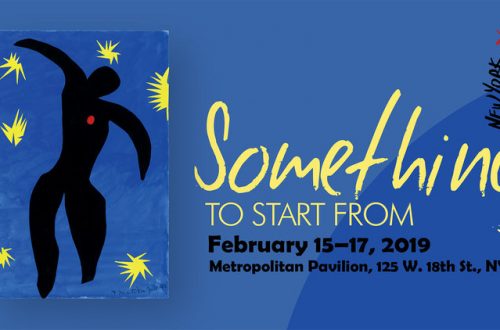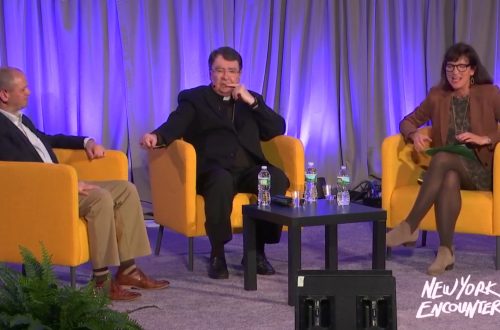Multiple-choice standardized testing is a ubiquitous feature of modern life. We encounter questions with four or five options and only one right answer almost everywhere – from Mrs. Anderson’s fifth-grade history class to driver’s permit tests to the game show Who Wants to be a Millionaire. It might come as a surprise, then, to learn that the multiple-choice question did not even exist in the 19th century. As a way of finding out what someone knows, the idea of a question with a fixed number of choices and a high degree of supposed objectivity was invented in the early 20th century, a product of the era’s instinct for mass production. The same forces that gave us the Model-T also gave us “Which of the following best completes the sentence?” And the multiple-choice question became an essential tool for the new educational theories of the industrial age.
The father of multiple choice testing was one Frederick J. Kelly, author of the Kansas Silent Reading Test. In 1914, Kelly devised a system that he believed would take subjectivity out of testing and create an efficient means of gauging students’ reading ability. The multiple-choice question was crucial to accomplishing these aims. (Ironically, Kelly would later regret the impact of standardized testing and attempt to reverse course as the president of the University of Idaho, only to be dismissed from his position for resisting ‘modernization.’)
The instructions for administering the Kansas Silent Reading Test looked like this:

The similarity between this original standardized test and all that would follow is striking. Anyone who has taken a standardized test (and who hasn’t?) can recognize the basic pattern:
- “Do not open the papers until you are instructed to do so.”
- “Work fast but smart.”
- “Stop at once when time is called.”
- “Do not use the wrong marking process or your answer will not count.”
The only real difference between this and the SAT is that the Kansas Silent Reading test was a five-minute exercise while the SAT demands over three hours.
In 1937, standardized testing got a further boost from an invention by Reynold Johnson. Johnson (the “father of the hard drive”) was the first to create an instrument for scoring tests electronically. Originally designed for his own use as a teacher, a production version of the machine would later be released as the IBM 805 Test Scoring Machine. The effectiveness of machine scoring was then improved upon in the 1950s and ’60s through Everett Franklin Lindquist’s pioneering work in optical mark recognition. (Lindquist was the architect of the ACT, the GED, and NMSQT.) Finally, millions of students could be efficiently processed by the education-industrial complex using assembly line procedures – an effort that found its ultimate trajectory in instruments like the Iowa Basic Skills Tests, the SAT, and the ACT.
There is no doubt this massive standardization of testing has made it easier and more efficient to administer tests, gather data, and sort students. In many ways, it is an impressive achievement. However, in the face of all this standardization and efficiency, we need to begin asking: “To what end and with what results?”






6 Comments
Pingback:
Pingback:
Bradford McCormick, Ed.D.
For me, the worst part about multiple choice tests and about most tests in general was that I was ignoranced and soeially conditioned to experience them as at worst an unpleasant part of what I was stuck with in life. But now I resent that I was treated like the USDA treats dead animal carcasses: graded. I want to learn, not be protein. I attended a so-called “prep” school, where, and this was after 1863, I had “masters”. In an slite college (Yale) I studied philosophy and guess what? More tests. We never studied that Socrates did not have to publish so as not to perish, and that his acolytes did not have homework assignments, term papers, final exams, etcetera and so forth. Then I learned that Eduational Testing Service Princeton New Jersey (ETS)(501)(c)(3) is a tax exempt charity. Our tax dollars are subsidizing this plague on learners. And why is this wretched institution in “Princeton New Jersey”, not “Newaark New Jersey” or “Hoboken New Jersey” or “Flint Michigan”?. Any chance they went the people they are oppressing to think they are an elite place like the university in the same town? You are privileged to be taking our exams, kids.
Mateo
Multiple choice testing is for lazy teachers. The law of probability tells us that we have a 25% chance of getting each question correct, even if we have never been to class and the test is in a language we have never seen or heard before.
Pingback:
Pingback: